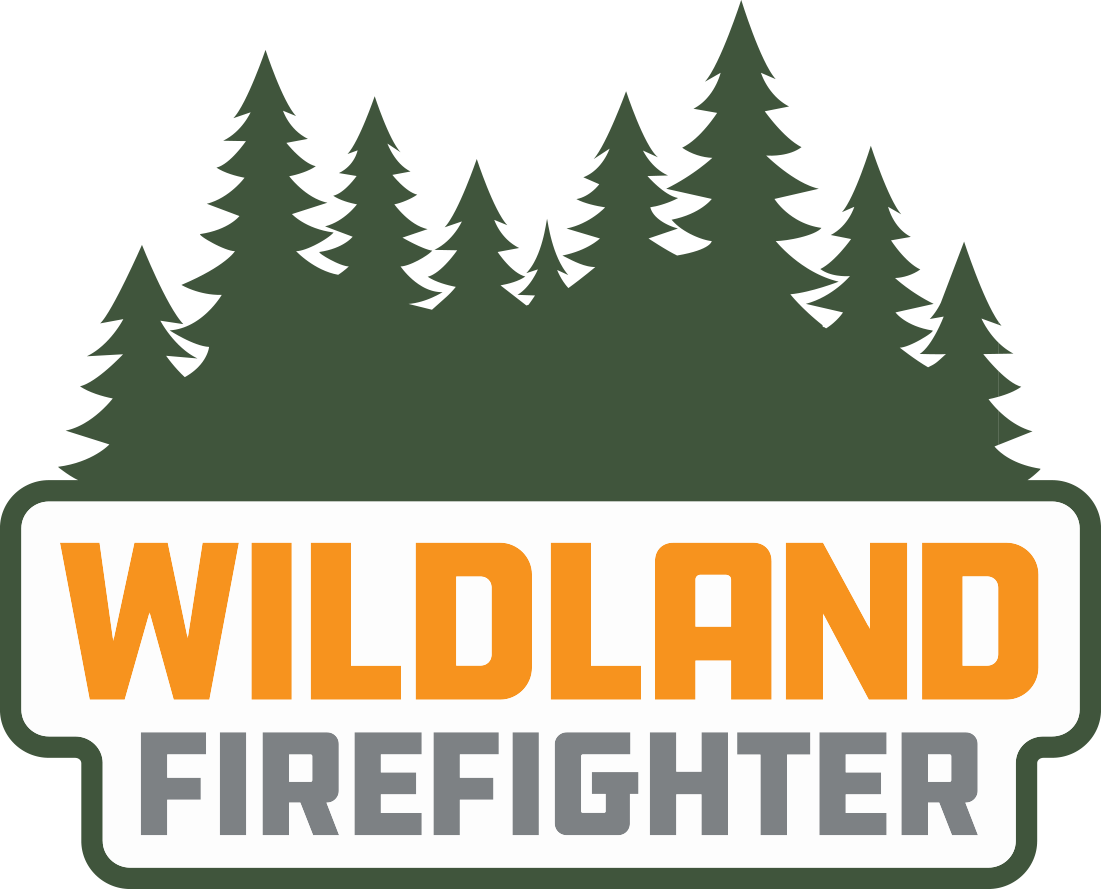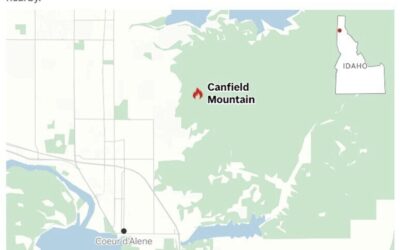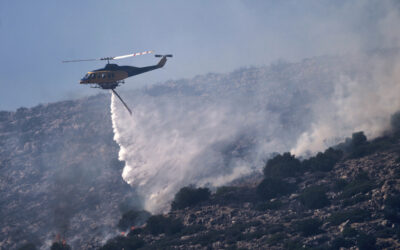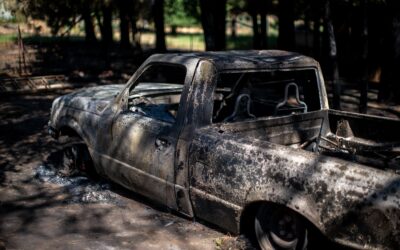By SCOTT SONNER Associated Press
RENO, Nev. (AP) — Martin Diky said he panicked as a huge wildfire started racing down a slope toward his wooden house near Lake Tahoe.
The contractor had enough time to do some quick research and decided to wrap his mountain home with an aluminum protective covering. The material that can withstand intensive heat for short periods resembles tin foil from the kitchen drawer but is modeled after the tent-like shelters that wildland firefighters use as a last resort to protect themselves when trapped by flames.
Diky, who lives most of the time in the San Francisco Bay Area, bought $6,000 worth of wrapping from Firezat Inc. in San Diego, enough to cover his 1,400-square-foot (130-square-meter) second home on the edge of the small California community of Meyers.
“It’s pretty expensive, and you’d feel stupid if they stopped the fire before it got close,” he said. “But I’m really glad we did it. It was pretty nerve-wracking when the flames came down the slope.”
The flexible aluminum sheets that Diky affixed to his $700,000 home are not widely used because they are pricey and difficult to install, though they have saved some properties, including historic cabins managed by the U.S. government.
Fire crews even wrapped the base of the world’s largest tree this week to protect it from wildfires burning near a famous grove of gigantic old-growth sequoias in California’s Sequoia National Park. The colossal General Sherman Tree, some of the other sequoias in the Giant Forest, a museum and some other buildings also were wrapped amid the possibility of intense flames.
It comes after another aluminum-wrapped home near Lake Tahoe survived the Caldor Fire, about 20 miles (32 kilometers) west of Diky’s home, while neighboring houses were destroyed.
The wrapping deflects heat away from buildings, helping prevent flammable materials from combusting. It also keeps airborne embers — a major contributor to spreading wildfires — from slipping through vents and other openings in a home. With a fiberglass backing and acrylic adhesive, the wraps can withstand heat of up to 1,022 degrees Fahrenheit (550 Celsius).
Until about a decade ago, most wildfire damage was blamed on homes catching fire as flames burned nearby vegetation. Recent studies suggest a bigger role is structure-to-structure fires that spread in a domino effect because of tremendous heat that causes manufactured materials to burst into flames.
The company where Diky bought his wraps gets about 95% of its sales from the U.S. Forest Service and National Park Service. Firezat Inc. founding president Dan Hirning estimates the Forest Service has wrapped 600 to 700 buildings, bridges, communication towers and other structures in national forests this year alone.
Firefighters on social media liken the wraps to a “big baked potato.” One who helped install some said he felt like he was “wrapping Christmas presents.”
Forest Service officials say they have been using the wraps for several years throughout the American West to protect sensitive structures. At Lake Tahoe, they have wrapped the Angora Ridge Lookout, a nationally registered historic fire lookout tower, said Phil Heitzke, an agency battalion chief.
“Many times, Forest Service structures are wrapped well in advance of the fire,” he said in a statement. Crews often can then focus on protecting other buildings or other work.
Firezat sells fire shield rolls that are 5 feet (1.5 meters) wide by 200 feet (61 meters) long for about $700 each. Installation by a contractor typically costs thousands of dollars.
“People think we should be selling tons of these things, but it’s not as much as everybody thinks,” Hirning said. Despite the cost, he said a building won’t burn unless “fire falls right on it.”
A mechanical engineering professor at Ohio’s Case Western Reserve University published 10 years of research about protective wraps in the Frontiers in Mechanical Engineering journal in 2019, saying they “demonstrated both remarkable performance and technical limitations.”
The aluminized surface blocked up to 92% of convective heat and up to 96% of radiation, Fumiaki Takahashi said.
The wrapping is most effective if a wildfire burns past with exposure of less than 10 minutes, he said. It’s less effective in areas with high-density housing, where spreading infernos can burn for hours without being stopped by firefighters.
The wraps “show promise in being effective, but further research is needed to develop more efficient yet still lightweight” protection against severe fires, Takahashi said in an email. He said he wouldn’t recommend them for everyone because they require proper installation.
“But once the installation methods are established (like a standard), I would,” he wrote. “There have been multiple successful stories for saving historic cabins by the U.S. Forest Service.”
Hirning said most of individual buyers he’s had over the years are looking to protect “really expensive cabins, really expensive homes, resorts, etc.” They include homeowners on $5 million lots in Malibu, California, who are asked to sign an agreement that the Forest Service isn’t responsible for protecting their property in some cases.
A Wyoming rancher once put Hirning on a conference call with a fire commander and insurance adjuster who was going to reduce his rates if he wrapped a cabin worth about $1.5 million.
“Often it’s people who can’t get fire insurance or their insurance has been dropped. They want to wrap it to protect their investments that way,” he said.
Diky suggests getting extra help putting up the wrapping.
“They recommended three people could do it in 3.5 hours. I brought four contractors with me and worked all day into the night … busted our butt for 12.5 hours,” he said.
As far as sales taking off as a result of recent wildfires, Hirning emphasized that it’s “an extremely seasonable business.”
“The first five years, new competitors were coming on each year. And at the end of each year, I got a phone call: “Would you be interested in buying our inventory?’’’ he said.
Once it starts raining and snowing, he says he often doesn’t sell anything for nine months straight. That could change, however, as climate change contributes to more intense weather and more destructive, nearly year-round wildfire seasons.




